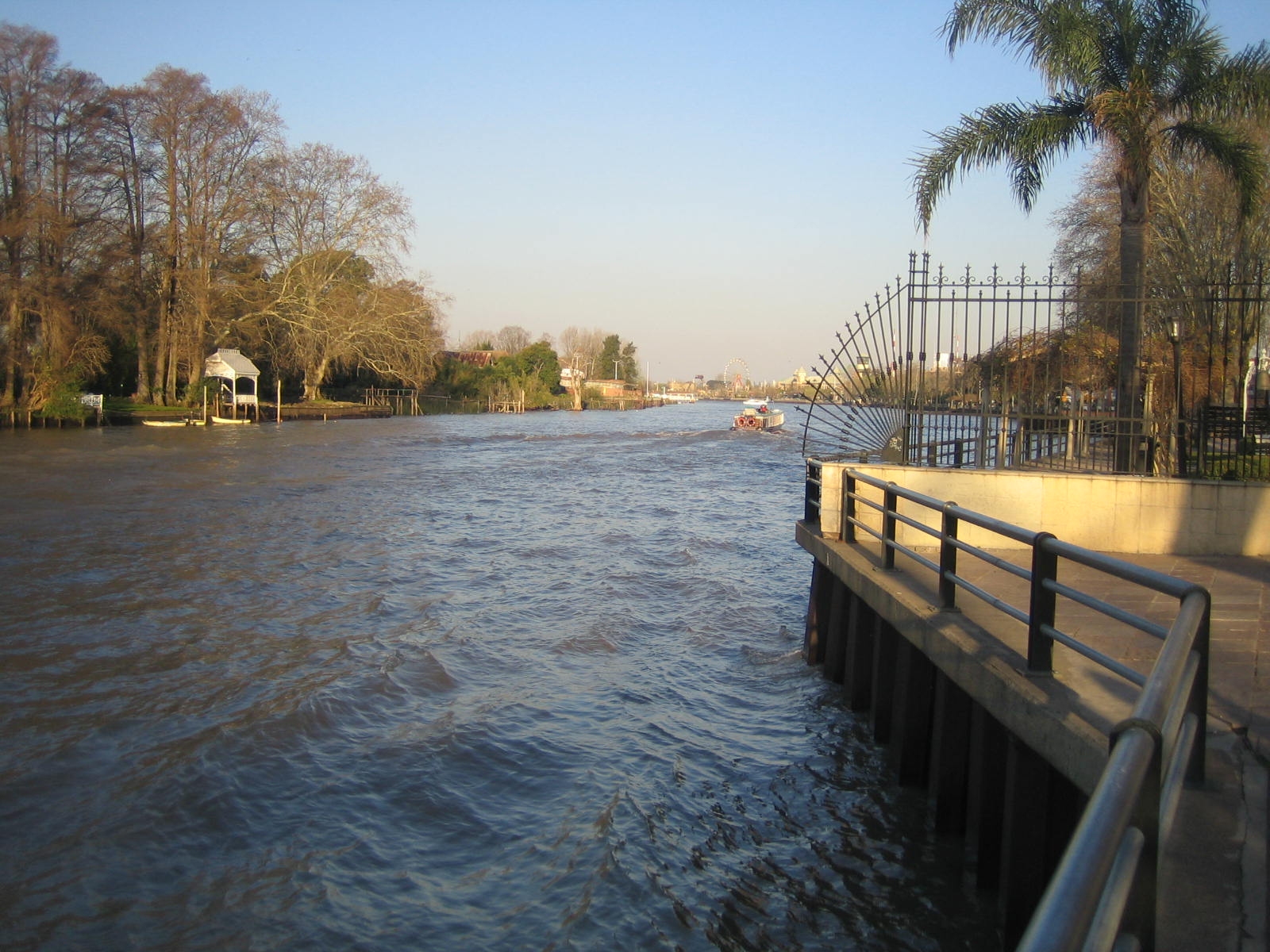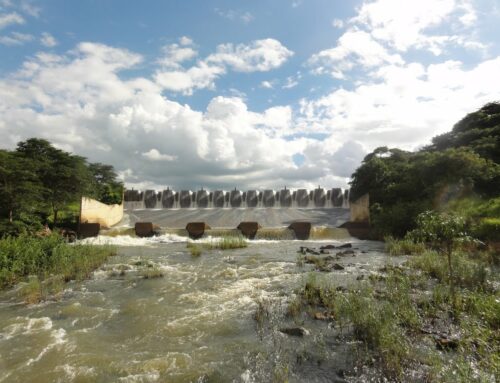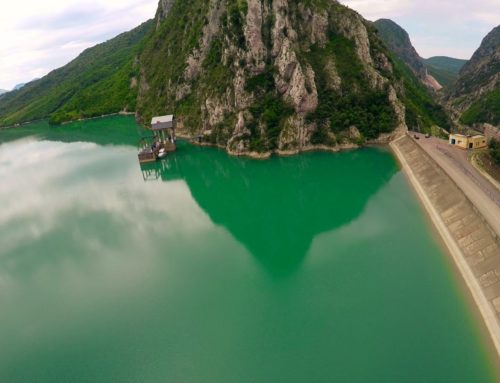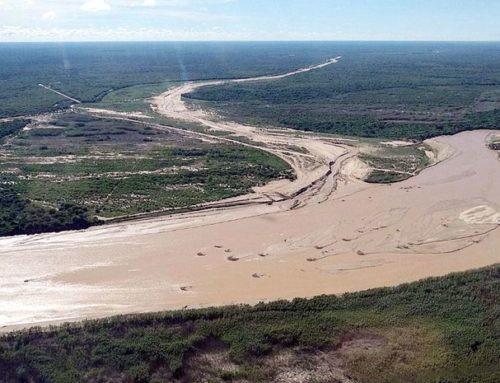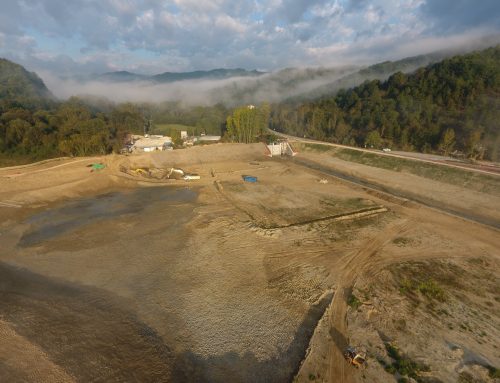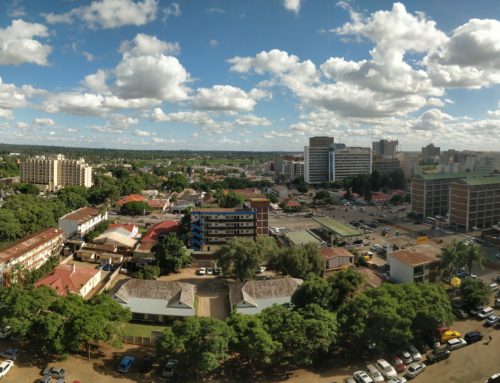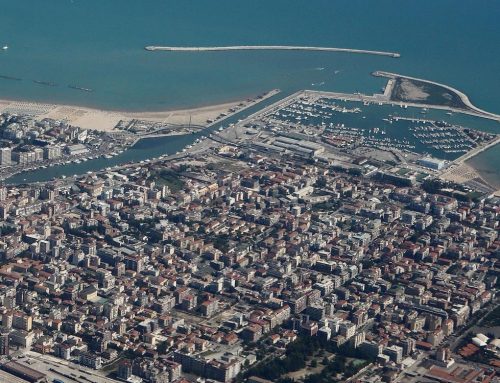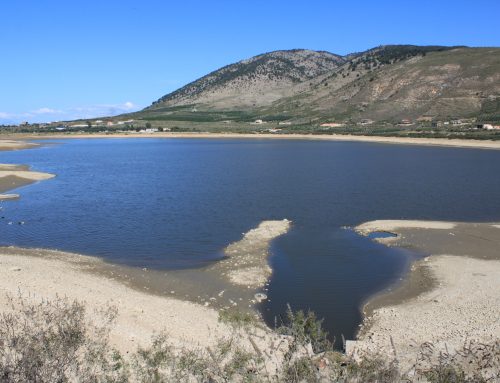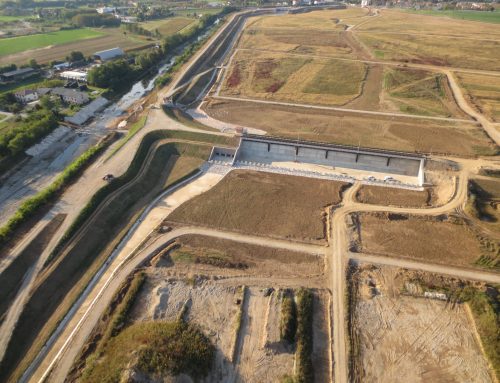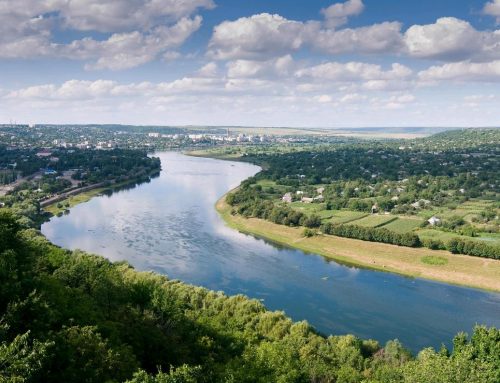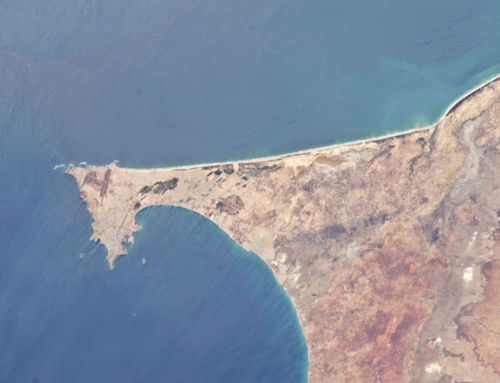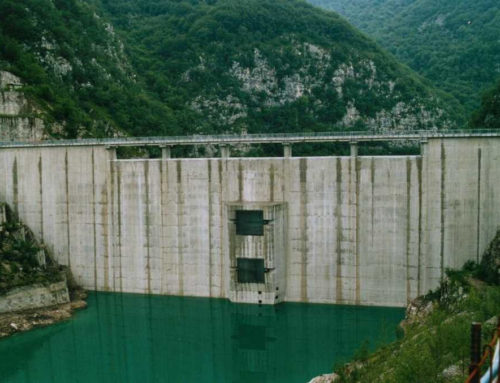Latin America is the second-most urbanized region in the planet with 8 out of 10 people living in cities. Over the last 10 years there has been an increase in the frequency, magnitude and duration of urban flash flooding incidences in Lujan river basin (2,856 km² with 18 cities for a total of 2,795,648 inhabitants) during or after occurrence of extreme convective rainfall events. The increase in rainfall intensity and magnitude has led to increased run-off that in turn overwhelms the already constructed major and minor drainage systems leading to urban flooding. In addition, the Lujan river basin has in recent years experienced rapid urbanisation trends that have led to very high increase urban imperviousness levels. Human settlement and industrial development are extending from the many hills within the Lujan river basin to the lower lying areas on the banks of the drainage channels which are part of wetlands and floodplains. The natural and constructed drainage channels along the floodplains and low-lying areas are regularly overtopped by floodwaters, causing damage to people’s homes and industrial properties, disruption of traffic flow and economic activity in the cities and increasing water pollution. In the above framework the Consultant has been appointed to study, design, rehabilitate and expand the drainage networks. The uncollected waste is dumped indiscriminately; most of it is ends up in already constructed drainage channels which further reduces the hydraulic conveyance capacity of existing storm water channels resulting in frequent flooding, loss of livelihoods and spread of communicable diseases.
Drainage Plan of the Lujan river basin, Argentina
Year: 2018 - on going
Client: Unidad Coordinadora del Programa
Dirección Nacional de Pre inversión Municipal
Ministerio del Interior, Obras Públicas y Vivienda Country: ARGENTINA Title: Detailed design for the Lujan River basin cleanup
Increasing flood control capacity
Implementation of temporary flood
retention basins
(Buenos Aires province, Argentina) Service: Feasibility Study
Detailed Design Funds: Inter-American Development Bank
Dirección Nacional de Pre inversión Municipal
Ministerio del Interior, Obras Públicas y Vivienda Country: ARGENTINA Title: Detailed design for the Lujan River basin cleanup
Increasing flood control capacity
Implementation of temporary flood
retention basins
(Buenos Aires province, Argentina) Service: Feasibility Study
Detailed Design Funds: Inter-American Development Bank
AfDB: Banca Africana di Sviluppo; BID: Banca Interamericana di Sviluppo; BM: Banca Mondiale; UE: Unione Europea


